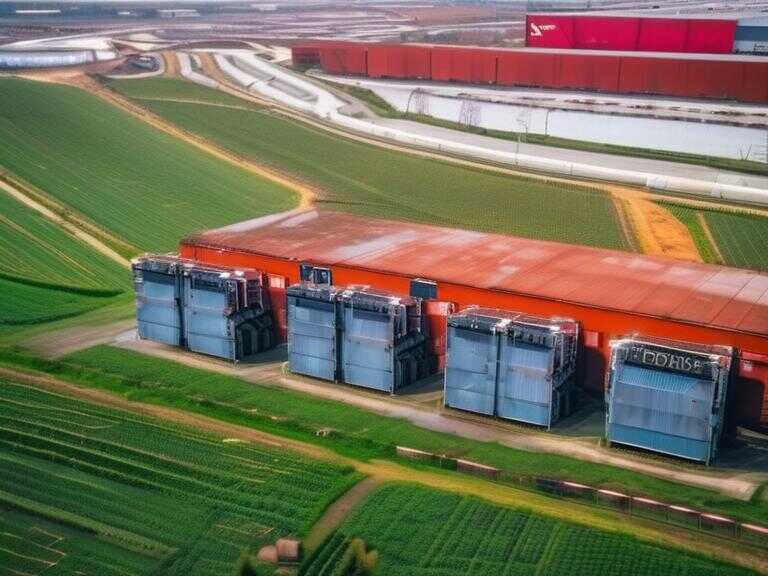
Ukraine's Audacious Drone Attacks Deep Inside Russia Leave Defenders Struggling to Respond
Ukraine conducts audacious drone attacks deep into Russia, targeting military and economic sites, causing significant damage and forcing Russian defense concerns.

Since the beginning of May, Ukraine has intensified its drone attacks on Russian military and economic targets, with at least two drones targeting a training facility on Tuesday. The use of drones for these attacks is not new, but the recent surge in the number of drones deployed and the penetration deep into Russian territory represent a significant escalation.
Ukraine's one-way attack (OWA) drone program has focused on striking Russia's production facilities, oil infrastructure and airbases supporting missile strikes. The success of these drone strikes has raised challenging questions for Russian defenders.
The defenders are confronted with the dilemma of preserving their limited stock of air defense missiles while countering the relatively low-cost drones. Intercepting every drone at a cost comparable to the drone itself is proving to be a difficult task, leading to the destruction of millions of dollars worth of equipment. Additionally, the allocation of air defense resources away from the front lines to protect targets in the rear poses another challenge for the defenders.
The recent inland attacks have exposed citizens across Russia to the true cost of the war, creating a strain on the country's military recruitment drives and wartime economy. This unexpected impact has amplified the challenges faced by Russian leaders in managing air defense across thousands of miles of territory.
Destruction of Oil Infrastructure
Among the targeted sectors, the attacks on Russia's oil industry have caused the most extensive damage, disrupting an estimated 10 percent or more of Russia's refining capacity. The impact of these attacks has raised concerns within the Russian oil industry about the potential for future strikes.
Varying Success of Attacks
While Ukraine's attacks on airfields, especially the Engels airbase, which supports missile attacks on Ukrainian cities, were less successful, its successes with OWA drones have been more pronounced against sites with limited air defense, such as the Alabuga complex.
Ukraine's OWA drones exhibit a wide range of designs, from those constructed with inexpensive materials like plywood, plastic bottles, and pipes to more sophisticated models powered by jet engines. The diversity in drone models poses a challenge for intercepting these attacks, especially those powered by jet engines, which are significantly harder to intercept.
International Response
While the U.S. has maintained its stance of not supporting or enabling Ukrainian strikes into Russia, other partners like the U.K. have provided different kinds of drones to Ukraine, potentially contributing to the escalation of drone attacks on Russia. This mixed international response underscores the complex dynamics surrounding Ukraine's use of drones in the conflict.
Overall, the intensified drone attacks by Ukraine have significantly impacted the ongoing conflict, posing new challenges for Russian defense officials and attracting varied responses from international partners.
Share news















